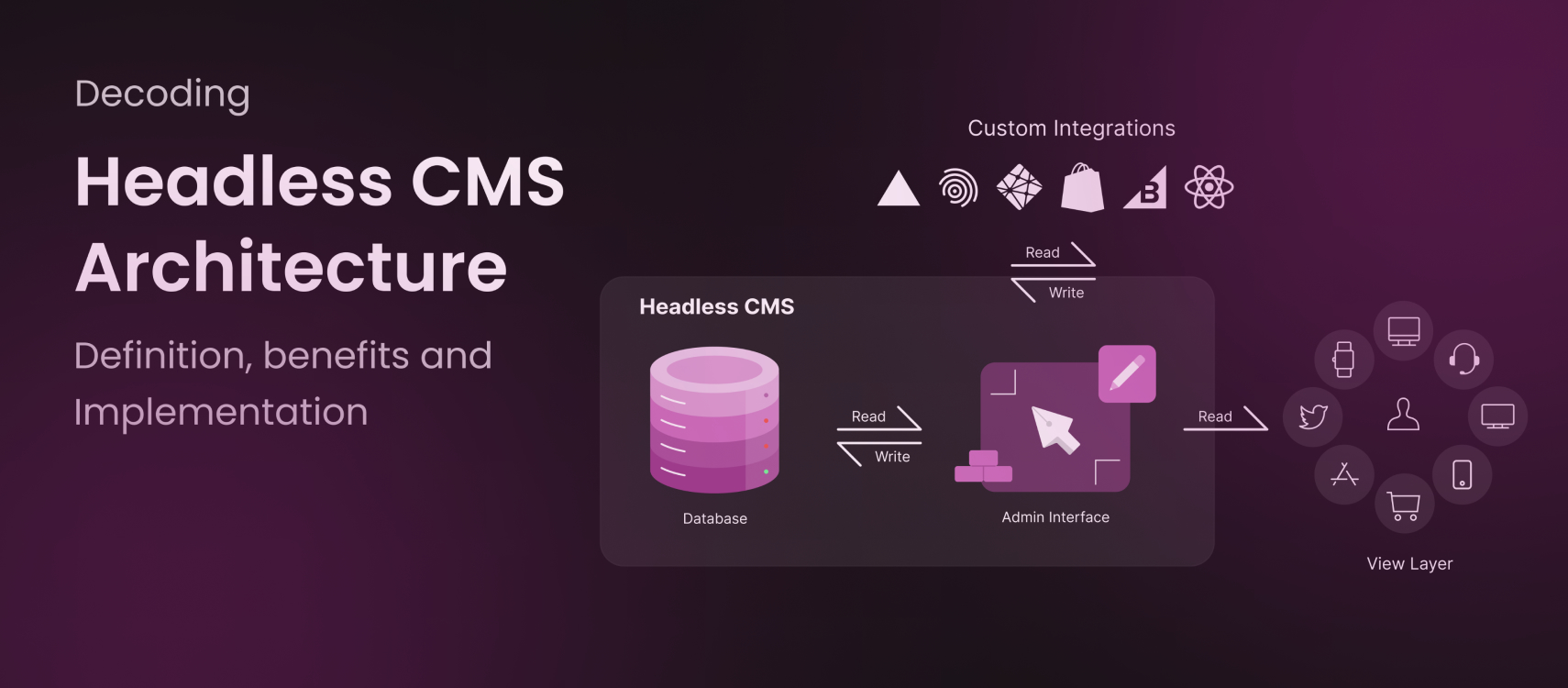Table of Contents
- What is Node.js
- Backend Development with Node.js
- Frontend Development with Node.js
- Edge of Isomorphic JavaScript
- Frontend-Backend Code Sharing
- Summarising
In recent years, Node.js has emerged as a powerful and flexible platform, attracting businesses to hire Node.js development services for both frontend and backend development. This eventful rise is due to its unique characteristics, which enable developers to use it effectively on both ends of the web application spectrum.
In this blog post, we will explore the reasons why you can hire NodeJS experts for both frontend and backend development.
What is Node.js?
Node.js is an open-source, cross-platform JavaScript runtime environment that allows developers to execute JavaScript code outside the web browser. It is built on the V8 JavaScript engine, the same engine used by Google Chrome, which enables it to execute JavaScript code with high performance and efficiency.
Traditionally, JavaScript was mainly used for frontend web development, running in web browsers to add interactivity and dynamic elements to web pages. However, Node.js brought JavaScript to the server-side, opening up new possibilities for any NodeJS development company. Its non-blocking, event-driven architecture made it suitable for handling real-time applications, such as chat applications, gaming servers, and collaborative tools.
Backend Development with Node.js
NodeJS web development initially referred to backend development only, and it quickly gained popularity for this purpose. One of the main reasons for its success in the backend lies in its event-driven, non-blocking I/O model. Unlike traditional server-side technologies that spawn new threads for each incoming request, Node.js uses a single-threaded event loop that can efficiently handle multiple concurrent connections without creating new threads for each.
This event-driven architecture allows Node.js to excel in scenarios where high concurrency is required, making it particularly well-suited for applications involving real-time data exchange, such as chat applications, online gaming servers, and social media platforms.
Furthermore, Node.js has a vast ecosystem of modules and packages available through npm (Node Package Manager), which simplifies backend development tasks. Developers can easily find and integrate libraries for tasks like database interaction, authentication, and data processing.
Frontend Development with Node.js
The widespread adoption of Node.js for backend development prompted developers to explore its potential on the frontend as well. Although Node.js itself is not used on the client-side (in the browser), developers use tools and frameworks built on top of Node.js to enhance the frontend development process.
One such popular tool is npm (Node Package Manager), which comes bundled with Node.js. npm allows developers to manage dependencies, install packages, and automate build processes. It simplifies the process of using third-party libraries and frameworks in frontend projects.
The most significant advancement in frontend development with Node.js came with the introduction of Webpack. Webpack is a powerful module bundler that can bundle JavaScript, CSS, and other assets for the web. It allows developers to break their frontend code into smaller, manageable modules and then bundles them together into optimized files for deployment.
Webpack’s ability to handle multiple asset types, perform optimizations, and enable hot module replacement revolutionized how developers build frontend applications. The Node.js ecosystem, with its vast array of plugins and loaders, further enhances Webpack’s capabilities.
By leveraging the power of Node.js and npm, developers can efficiently manage dependencies, run development servers, and automate build processes, making frontend development more efficient and scalable.
Edge of Isomorphic JavaScript
One of the fascinating use cases of Node.js for both frontend and backend development is isomorphic JavaScript (also known as Universal JavaScript). Isomorphic JavaScript refers to the practice of writing code that can run both on the server and in the browser with little to no modification.
The ability to use the same codebase on both sides of the application has numerous benefits:
-
Improved Performance:
With isomorphic JavaScript, you can render initial content on the server and send it to the client, reducing the time-to-first-render and enhancing perceived performance. This technique is especially useful for search engine optimization (SEO) and improving the user experience on slower internet connections.
-
Code Reusability:
Writing code once and running it on both client and server sides reduces duplication, leading to a more maintainable codebase and fewer bugs due to inconsistencies.
-
Progressive Enhancement:
Isomorphic JavaScript allows you to provide core functionality to all users while enhancing the experience for modern browsers with JavaScript capabilities. This is possible even for those without JavaScript support in their browsers.
This seamless transition between the server and the client is a powerful capability offered by Node.js, making it a versatile platform for isomorphic applications.
Sharing Code Between Frontend and Backend
Node.js enables developers to share code between the frontend and backend, facilitating consistency and reducing duplication. This sharing is possible due to the unification of the JavaScript language across both sides of the application.
Consider a scenario where an e-commerce application needs to calculate the total price of a shopping cart. This logic is essential for both the frontend (to show the total to the user) and the backend (to process orders and calculate totals on the server). Instead of writing the logic twice, developers can create a shared module that works on both ends.
By keeping the business logic in a shared module, we ensure that both frontend and backend applications use the same calculation logic. This practice minimizes the risk of discrepancies between the two ends and simplifies maintenance.
Summarising
Node.js has emerged as a versatile and powerful platform, capable of serving both frontend and backend development needs. Its event-driven, non-blocking architecture makes it ideal for handling real-time applications and high concurrency scenarios.
By sharing code between the frontend and backend, Node.js promotes consistency and reduces duplication, simplifying maintenance and ensuring a seamless experience for users.










